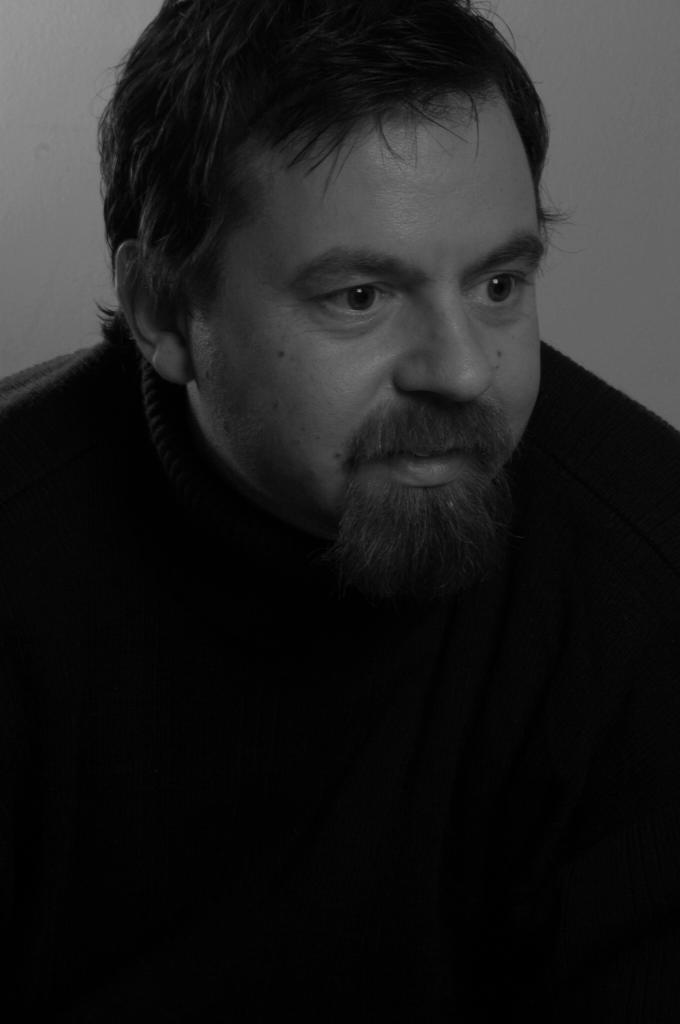A trip to Zone 3 to see a pageant but also a long walk up to Hampstead to take some photographs. The walk was nothing much to write about, going by Euston station, Camden town with its gimcrack market and the TV-AM building now shorn of its egg cups. Haverstock Hill, with the pub where I had the best roast beef in London - the Haverstock Arms, was a bit better leading into Hampstead with its proprietary chapel of St John, Downshire Hill

built in the regency period, and the derelict church of St Stephen's Hampstead built in the victorian period. St Stephens was affected by subsidence caused by building the Royal Free Hospital at Hampstead. It is currently being restored but not as a church. There is another church opposite which [is the orthodox cathedral]. St John's Downshire hill is the proprietory chapel for the Downshire Hill estate designed to keep the estate exclusive. A proprietary chapel receives no funds from the diocese and makes no contribution to it. They are usually evangelical in opposition to high church practices elsewhere. The Downshire Hill estate is where Keats lived, and his house is now Hampstead library.
I walked up through Hampstead to the tube station then caught the tube to Golders Green. Arriving early for the pageant I took some photos of Golders Green church St Alban, a nice looking, bricky twentieth century church.

Then it was time to walk up past St Jude's on the hill

to watch the pageant in Little Oak Wood. This traced the hundred year history of Hampstead Garden Suburb, a model community planned by Henrietta Barnett for housing of all social classes, although the atmosphere there today is decidedly well to do. Nevertheless as an experiment in town planning it remains a supreme example, although by no means unique. Henrietta was a philanthropist, but also acting out of self interest - she and her husband lived on Hampstead Heath and wanted to protect their view from unsightly development when the railway was driven through. Just like the development I found in my last post in Haringay.
The pageant was a warts and all portrait of Henrietta, and celebrated the suburb as a good place to live, which it undoubtedly is. There is even a suburb song, sung to the tune of the Vicar of Bray, Words by Miss M M Scott
Come all who think that songs are good! A joyous song we'll sing
And praise our Garden Suburb Home until its echoes ring
A home we have beyond compare, where all men may be free
To live in cheery fellowship with man and flow'r and tree.
ChorusCome then rejoice and raise your voice and sing right merrilyGood luck attend our Garden Home! Good luck to you and me!There are two more verses: If there's demand I'll put them on.
Everybody in the audience sang that song but nobody in the audience sang "There'll always be a suburb".
I ended the evening with cheery fellowship with men, althougn not flow'r and tree in the Spaniards Inn on Hampstead Heath, a haunt - in years gone by - of highway robbers including Dick Turpin. Overall an entertaining evening out.



 There is pure romanesque arcading with characteristic round topped arches and columns with decoration reminiscent of Durham Cathedral. The Abbey was built by King Harold. The ceiling of the church is painted with the signs of the zodiac. I came to the abbey five minutes before closure so only had a brief look round the crypt gift shop (described as a visitors centre but really a gift shop)and the church itself. From what I could see the church was well worth a return visit.
There is pure romanesque arcading with characteristic round topped arches and columns with decoration reminiscent of Durham Cathedral. The Abbey was built by King Harold. The ceiling of the church is painted with the signs of the zodiac. I came to the abbey five minutes before closure so only had a brief look round the crypt gift shop (described as a visitors centre but really a gift shop)and the church itself. From what I could see the church was well worth a return visit.














